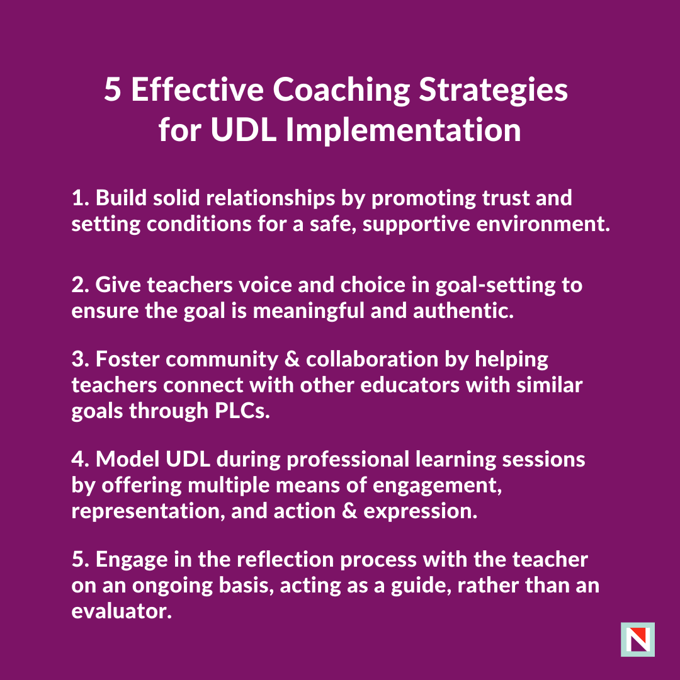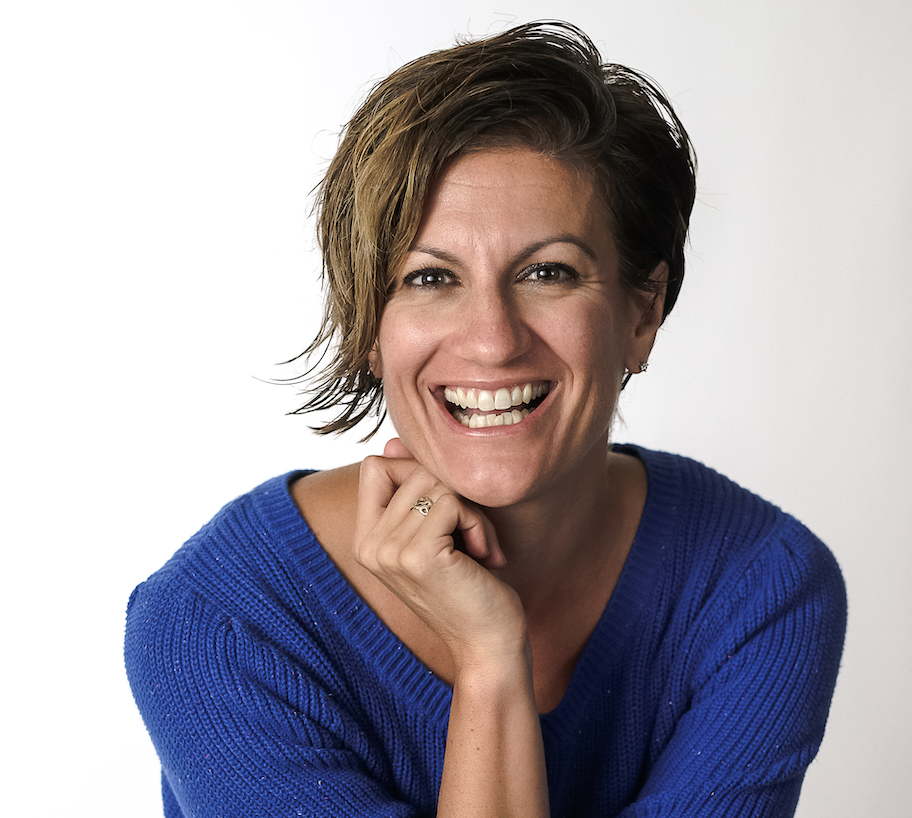Lately, you may be feeling like time is flying. I feel like I started the beginning of the year fresh and SNAP, just like that my list of things to do seems bigger than ever. When time flies, it’s very easy to put off what we define as important to us. Tomorrow. Next week. Next year. We are always delaying, procrastinating, putting-off. Our to-do lists lengthen, and they are often abandoned altogether as we enter cognitive overload and begin to cope by ignoring or giving up. Instead of putting it off, we pretend we never meant to do it in the first place.
The trouble is, when we set these to-dos and goals, we often do so without any accountability at all. Only the most diligent of us can stay so accountable to only ourselves. Without someone gently tapping our shoulder and checking in to see how things are going and what they can do to help us reach our goal, we often peter out until our goals are just a foggy memory.
When we create a baseball team, a chess team, a football team, we’d never consider doing it without a coach. We all know that a great coach makes the best teams – teams who set goals, work diligently towards those goals, and overcome barriers and setbacks. Coaches can make or break success. Yet, all too often, our teachers who are undoubtedly part of a team, aren’t getting any coaching at all. If even the best athletes in the world need coaching, why do we think our teachers do not, particularly when embracing a new initiative like UDL implementation? When has a single seminar on how to throw a ball ever been enough for a professional athlete to continue to grow and excel?
"When has a single seminar on how to throw a ball ever been enough for a professional athlete to continue to grow and excel?"
Even if you are coaching (and I truly, sincerely hope that is the case), are you embracing the best practices of Universal Design for Learning (UDL) to help your teachers learn and grow with the same voice and choice as we are trying to provide to our students? And let’s just clarify, you don’t need to be an “instructional coach” to be coaching your teachers. You might be a principal, assistant principal, mentor, or teacher leader.
While we can’t teach you how to properly coach your teachers in just one blog (because – dare I say it -being a good coach requires regular coaching?!), but we’ve summed up 5 best practices to keep on hand to remind you every day, when you coach, that you can always improve your practice.

5 Effective Coaching Strategies for UDL Implementation
- Build solid relationships by promoting trust and setting conditions for a safe, supportive environment.
- Give teachers voice and choice in goal-setting to ensure the goal is meaningful and authentic.
- Foster community & collaboration by helping teachers connect with other educators with similar goals through PLCs.
- Model UDL during professional learning sessions by offering multiple means of engagement, representation, and action & expression.
- Engage in the reflection process with the teacher on an ongoing basis, acting as a guide, rather than an evaluator.
If you are looking for professional development on how to be a better coach, check out our upcoming facilitated online course or schedule a personalized version of Empowering Educators with UDL:
A Coaching Approach for your district.



